There’s something deeply satisfying about stepping into your garden and harvesting fresh vegetables that you’ve grown with your own hands. Among the easiest and most rewarding crops to grow are yellow squash and zucchini — both part of the summer squash family. These vibrant, fast-growing plants produce abundantly, thrive in warm weather, and require surprisingly little maintenance.
In this comprehensive guide, inspired by the video “Harvesting Yellow Squash and Zucchini plus Simple Growing and Cutting Tips! | Family Gardening VLOG”, we’ll walk you through every step of growing, maintaining, harvesting, and handling these garden favorites. Whether you’re a beginner or a seasoned home gardener, these practical insights will help you enjoy healthy plants, continuous harvests, and delicious produce all summer long.
Why Grow Yellow Squash and Zucchini?
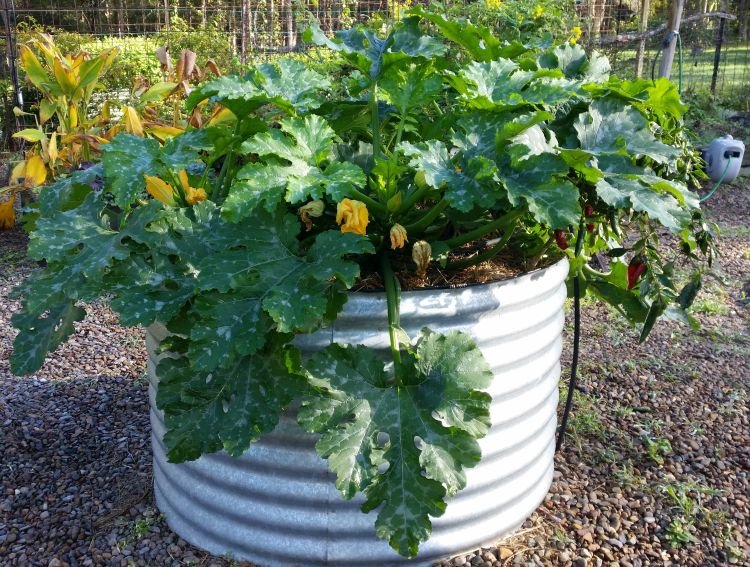
Yellow squash and zucchini are both members of the Cucurbita pepo family and share many growing requirements. What makes them so popular is their productivity and versatility. Here’s why they deserve a spot in your home garden:
- Fast and Easy to Grow:
Both varieties mature quickly — usually within 45–60 days — and can produce continuously through the summer. - Abundant Yield:
Just one or two plants can provide enough vegetables for a family throughout the season. - Nutrient-Rich:
They’re low in calories and rich in vitamins A, C, potassium, and fiber, making them a healthy addition to your diet. - Perfect for Small Spaces:
They can be grown in raised beds, traditional garden rows, or even large containers on patios or balconies. - Culinary Versatility:
From stir-fries and soups to grilled sides and casseroles, yellow squash and zucchini adapt beautifully to any recipe.
Understanding the Difference Between Yellow Squash and Zucchini
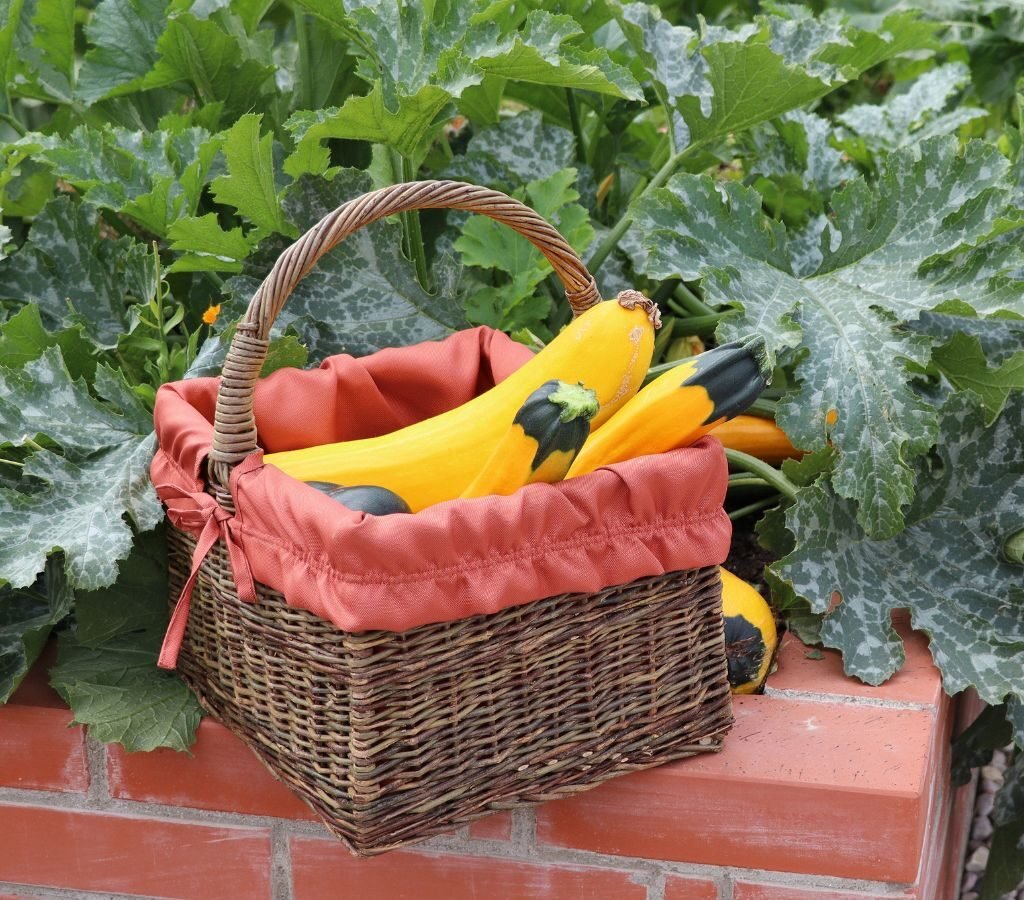
While they’re closely related, there are a few distinctions:
- Zucchini: Usually dark green (though golden varieties exist), with a smooth skin and mild flavor.
- Yellow Squash: Bright yellow, with a curved neck (crookneck) or straight neck, and a slightly nuttier taste.
Both grow quickly and are harvested young for the best flavor and texture.
Preparing the Garden for Planting
Before planting, choose the right location and prepare nutrient-rich soil.
- Sunlight:
Select a spot that receives 6–8 hours of direct sunlight per day. These are sun-loving plants that thrive in warm temperatures. - Soil Preparation:
- Use well-draining, loamy soil enriched with compost or aged manure.
- Ideal soil pH ranges from 6.0 to 7.5.
- Add organic fertilizer before planting to give the plants a strong start.
- Space:
Zucchini and yellow squash spread out as they grow, so allow at least 3 feet of space between each plant to ensure proper air circulation.
Planting Tips for Success
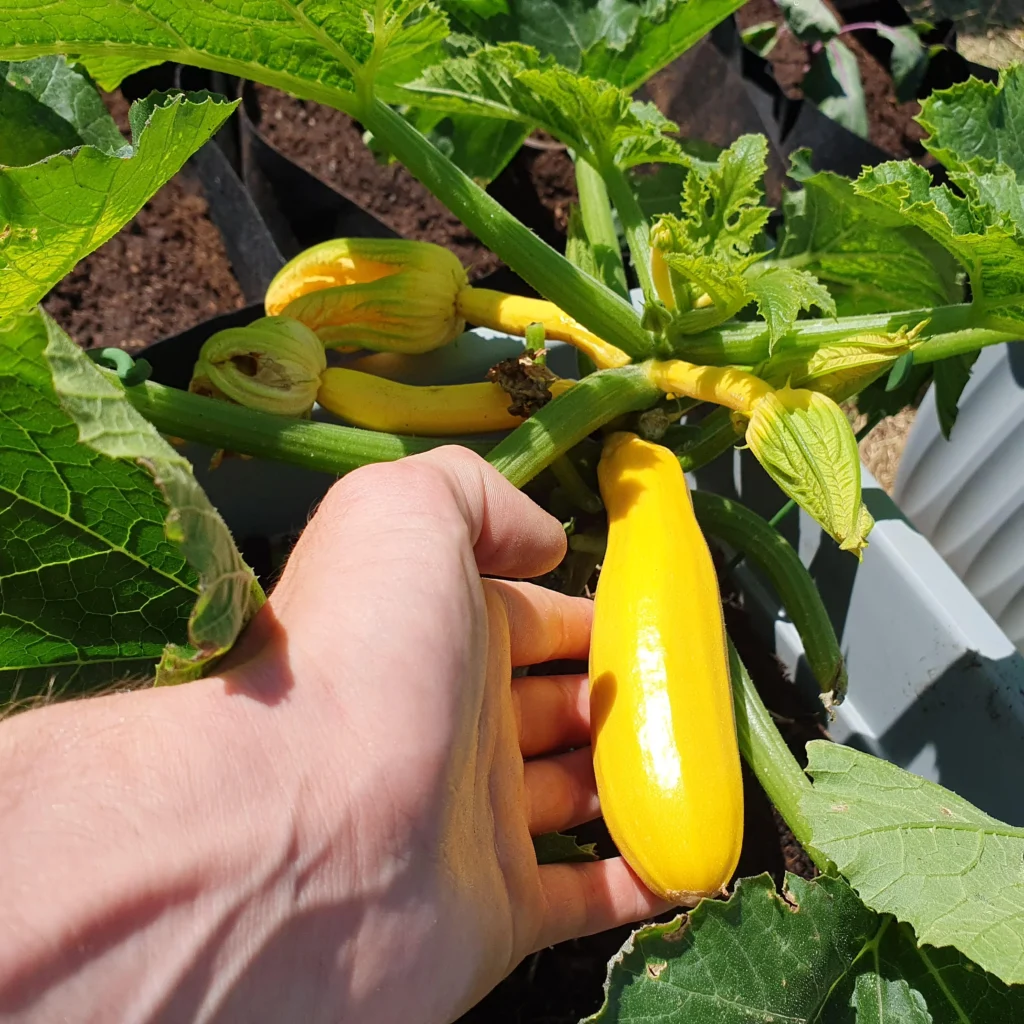
You can start your plants from seeds or transplants depending on your climate and growing setup.
1. Direct Seeding:
- Sow seeds 1 inch deep in warm soil after the last frost.
- Plant 2–3 seeds per mound, spaced about 2–3 feet apart.
- Once seedlings appear, thin them to the healthiest one or two plants per mound.
2. Starting Indoors:
- If you live in a cooler region, start seeds indoors 3–4 weeks before the last frost.
- Transplant seedlings outdoors when the soil warms and the risk of frost has passed.
3. Container Gardening:
- Choose large containers (at least 5 gallons in capacity).
- Use high-quality potting mix rich in organic matter.
- Place the container in a sunny spot and water regularly.
Watering and Feeding Your Plants
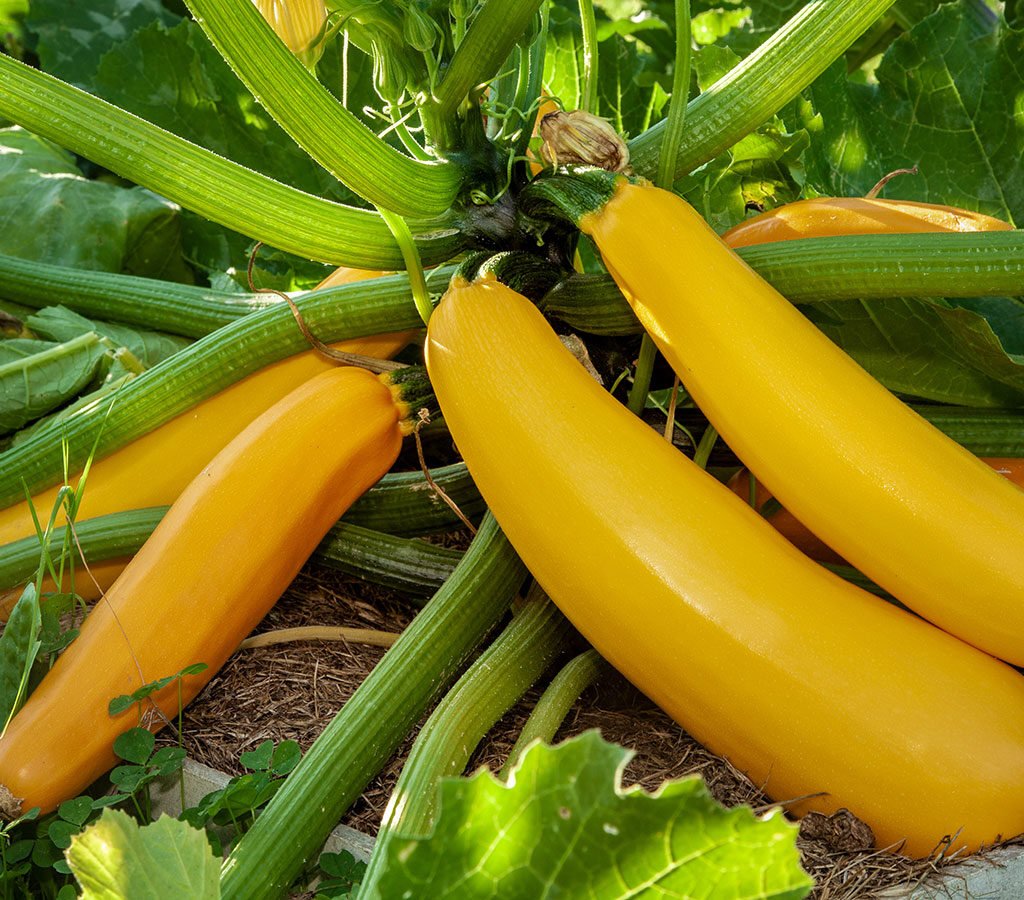
Proper watering is crucial for healthy growth and fruit development.
- Consistent Moisture:
Water deeply 2–3 times a week, keeping the soil evenly moist but not soggy. Dry soil can stress the plants and affect fruit production. - Morning Watering:
Water early in the day to allow leaves to dry before nightfall, reducing the risk of fungal diseases. - Mulching:
Apply organic mulch around the base to retain soil moisture, prevent weeds, and maintain a stable soil temperature. - Fertilization:
Feed your plants with organic compost or a balanced vegetable fertilizer every 3–4 weeks. Once flowers appear, use a fertilizer higher in potassium and phosphorus to boost fruiting.
Flowering and Pollination
Yellow squash and zucchini plants produce both male and female flowers.
- Male flowers appear first and have thin stems.
- Female flowers have a small swelling beneath the petals, which develops into the fruit after pollination.
Pollination is usually done by bees, but if you notice poor fruit set, try hand pollinating using a small brush or by gently touching the male flower to the female one to transfer pollen.
Encourage pollinators by planting flowers like marigolds, zinnias, or nasturtiums nearby.
Simple Growing Tips from Family Gardeners
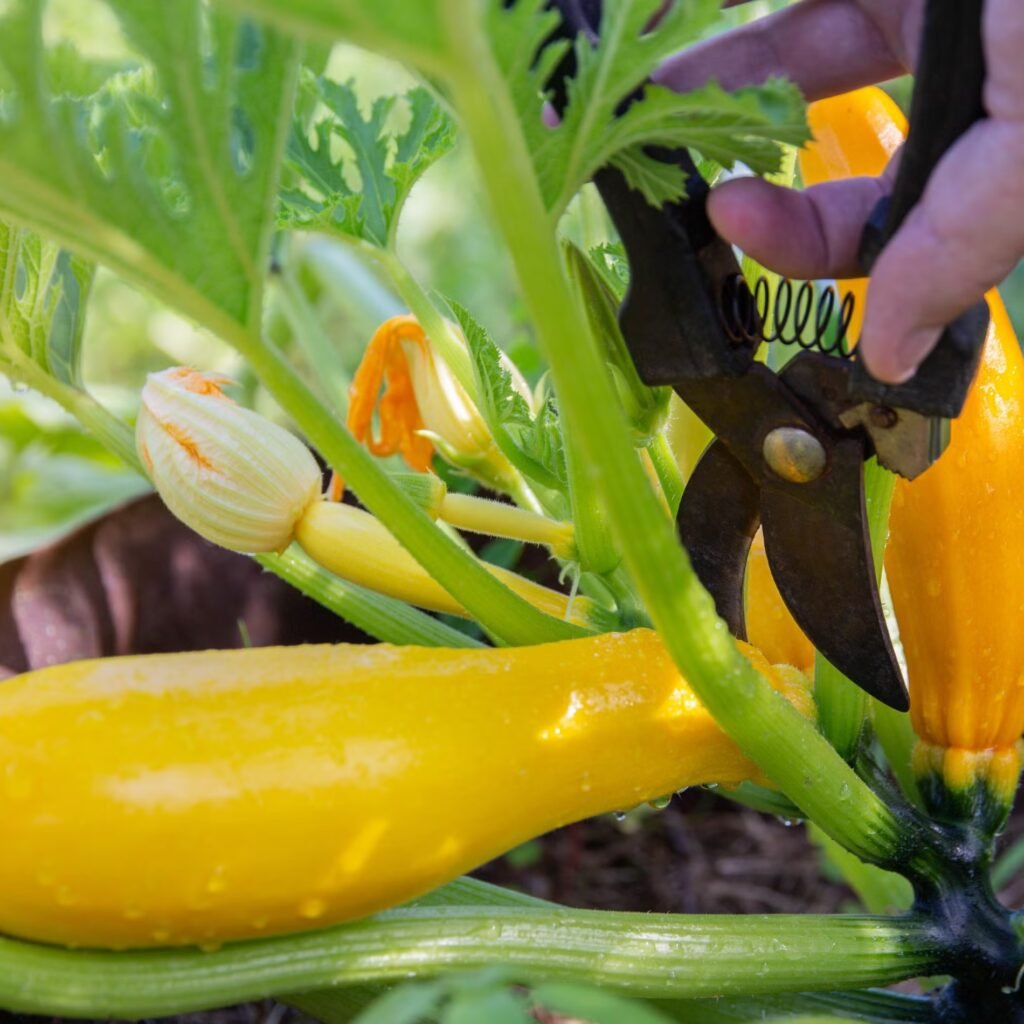
- Give Them Space:
Overcrowded plants can lead to poor air circulation and disease. Keep enough distance between them. - Prune Occasionally:
Trim older or yellowing leaves to promote airflow and focus energy on new growth and fruiting. - Watch for Pests:
Common pests include squash bugs, cucumber beetles, and aphids. Control them naturally with neem oil, insecticidal soap, or by introducing beneficial insects like ladybugs. - Avoid Overwatering:
Standing water or soggy soil can lead to root rot. Ensure proper drainage in both garden beds and containers.
Common Problems and How to Fix Them
- Powdery Mildew:
Appears as white powdery spots on leaves. Prevent it by spacing plants well and watering at the base. Treat with a baking soda spray (1 teaspoon baking soda + 1 quart of water). - Blossom End Rot:
Caused by calcium deficiency and inconsistent watering. Add crushed eggshells or compost to the soil and maintain even moisture. - Wilting Leaves:
Could be due to squash vine borers. Check the stems and remove larvae if found. Cover young plants with row covers early in the season.
Harvesting Yellow Squash and Zucchini
Harvesting at the right time ensures tender, flavorful vegetables.
- When to Harvest:
- Harvest yellow squash when they are about 5–7 inches long.
- Zucchini should be picked at 6–8 inches for the best taste and texture.
- How to Harvest:
- Use a clean knife or pruning shears to cut the fruit from the stem.
- Avoid twisting or pulling, which can damage the plant.
- Harvest frequently — every 2–3 days — to encourage continuous production.
- Family Gardening Tip:
Kids love to participate in harvesting because zucchinis and squash grow so fast that new fruits seem to appear overnight! Regular picking becomes a fun, rewarding family activity.
Post-Harvest Handling and Storage
After harvesting, proper storage helps retain freshness and flavor.
- Cleaning:
Gently rinse fruits with water to remove dirt. Avoid soaking them. - Storage:
Keep in the refrigerator in perforated plastic bags. They’ll stay fresh for up to a week. - Preservation:
For long-term storage, slice and freeze zucchini or yellow squash. They can also be pickled or dried for later use.
Creative Ways to Use Your Harvest
Once your baskets are full, it’s time to enjoy the fruits of your labor.
- Grilled: Brush slices with olive oil and herbs for a healthy summer side dish.
- Baked: Add shredded zucchini or squash to breads, muffins, and casseroles.
- Sautéed: Stir-fry with garlic, onions, and tomatoes for a quick meal.
- Stuffed: Hollow out larger fruits and fill them with rice, veggies, or cheese.
- Raw: Use a spiralizer to make zucchini noodles for a low-carb pasta alternative.
The possibilities are endless — and all the more satisfying knowing you grew them yourself!
End-of-Season Care
When the growing season ends:
- Remove old plants to prevent diseases from overwintering in the soil.
- Add plant debris to the compost pile.
- Rotate crops next season to maintain healthy soil and prevent pest buildup.
If you live in a mild climate, you can try succession planting — starting new seedlings every few weeks for a steady supply of fresh squash.
Conclusion
Growing and harvesting yellow squash and zucchini is one of the simplest, most enjoyable experiences in home gardening. With just a bit of care, sunshine, and consistent watering, these plants reward you with abundant, nutritious produce throughout the season.
By following the simple growing and cutting tips shared in this family gardening approach, you’ll soon have a flourishing garden full of golden squash and deep green zucchini ready to harvest. It’s a perfect project for families — easy to maintain, fast to grow, and endlessly rewarding.
So grab your gloves, plant a few seeds, and watch your garden come alive with these vibrant summer vegetables. Your homegrown harvest of yellow squash and zucchini will not only nourish your table but also bring joy to your gardening journey.
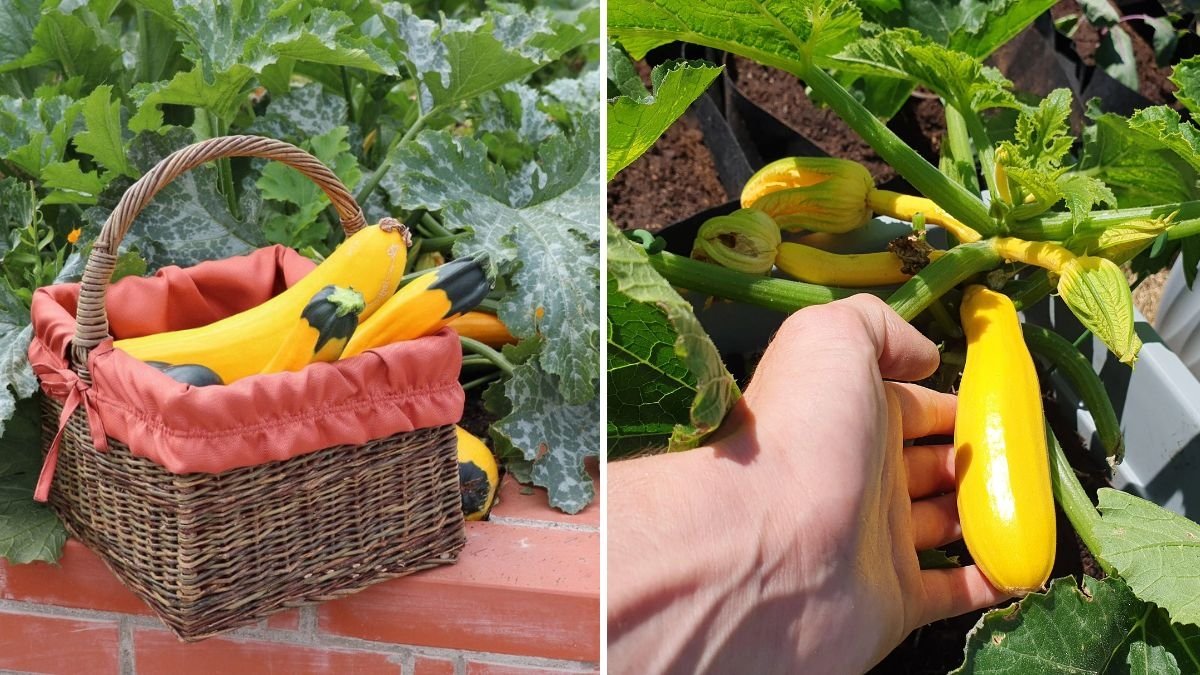





Leave A Comment